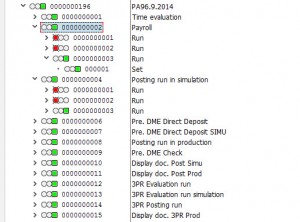Customize HR Process Workbench (PUST)
Hi.
I hope most of you have heard about PUST transaction. This is convinient tool to build payroll close process. It’s idea is a chain of steps build from programms that we use in payroll close procedure. We can set variants for each program, build them in a sequence and run all at once (or step by step autmatically). User all needs is to hit Run button and watch it. While it’s running it will show logs for each step/programm and user will understand possible issues with easy.
There is no need to explain all customizing in detail as it’s pretty simple. At first setup Workflow as some particular elements use it for notifications. To do this run though SAP Note 133182 – Process Manager: No process is started. Program starts – event fires. Program stops – event fires. It allows to run several programms in parallel and use workflows for example to payroll agreements.
For a user it will look like.
